AI in HR recruitment is undoubtedly changing the landscape of HR recruitment. It can be strategic, an effective technique to increase productivity, lessen bias, and streamline the procedure. .
One of the key benefits of adopting AI for HR recruitment is its capacity to process large amounts of data quickly and efficiently. AI systems can detect trends in resumes, social media profiles, and other relevant sources and forecast applicant appropriateness with amazing accuracy. This data-driven strategy allows HR managers to make more informed decisions and streamline the recruitment process.Similarly, AI in schools is gaining popularity these days.
The following are some applications of AI in HR hiring:
Artificial Intelligence (AI) can significantly enhance the recruitment process. Here’s how you can leverage AI for recruitment:
Table of Contents
1. AI Applicant Tracking Systems (ATS)

Use an ATS driven by AI to expedite the sourcing and screening of candidates. These technologies are effective in tracking candidate progress, managing resumes, and identifying outstanding talent[2].
Here Are Some ATS Driven By AI
GreenHouse
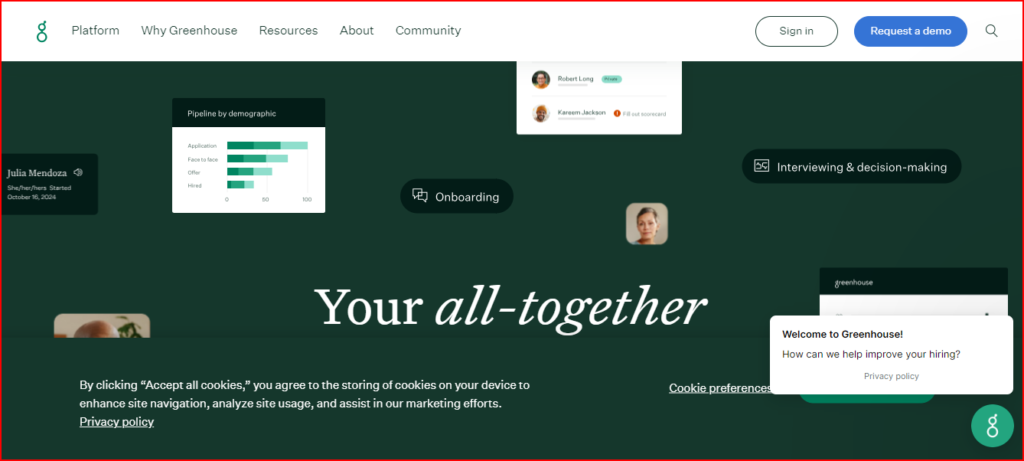
Mantal
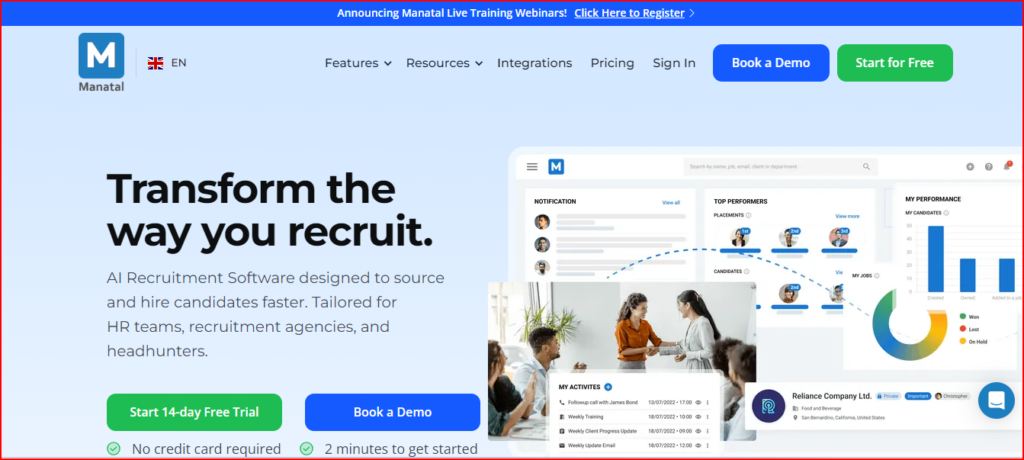
TalentReef
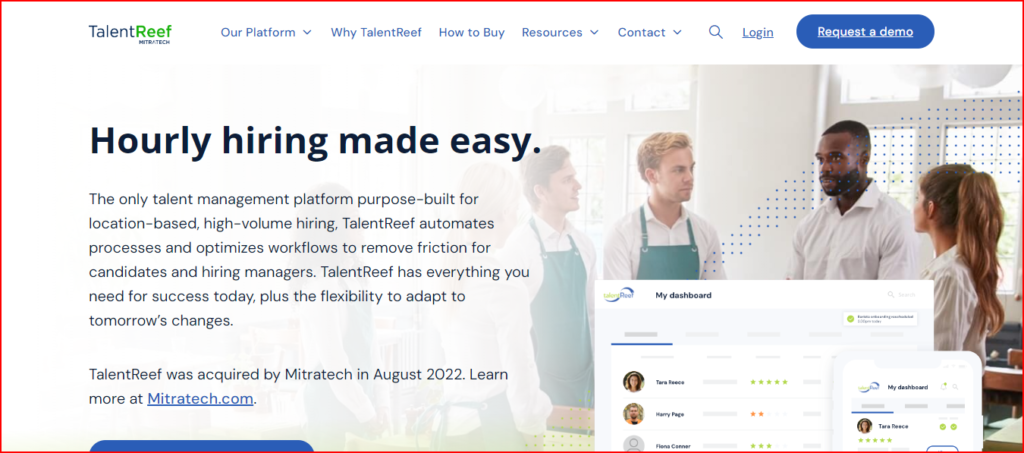
TeamTailor
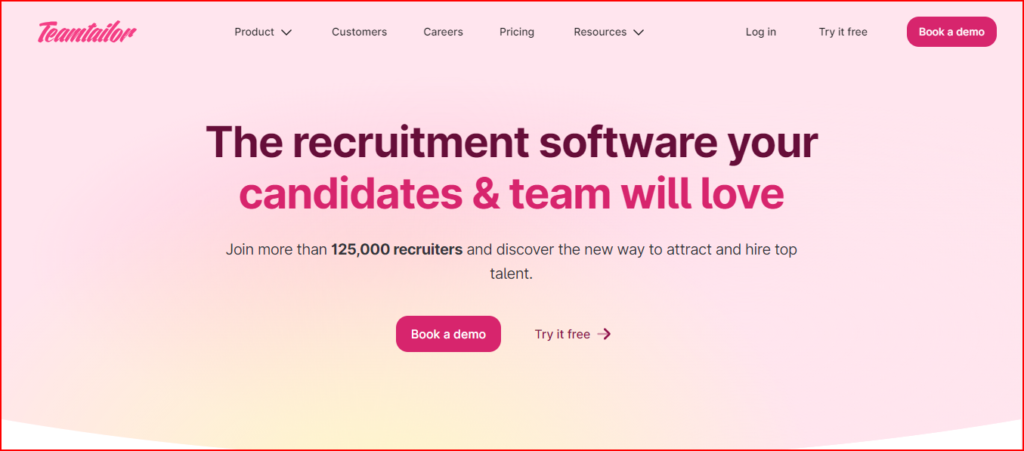
Implementing an AI-powered Applicant Tracking System (ATS) can significantly enhance your recruitment process. Here’s how it streamlines candidate sourcing and screening:
1. Automated Resume Parsing: The applicant tracking system (ATS) pulls pertinent resume data, including education, skills, and employment history. It facilitates candidate searching and filtering by arranging this data into an organized fashion.
2. Keyword Matching: AI systems scan job descriptions and cross-reference relevant keywords from resumes. This guarantees that qualified applicants are found using predetermined standards.
3. Ranking and Scoring: Candidates are given scores by the ATS according to their experience, qualifications, and suitability for the position. Top applicants can be prioritised by recruiters with speed.
4. Personalized Communication: ATS systems automate correspondence with applicants, delivering tailored emails or messages at various points throughout the hiring procedure.
5. Candidate Database Management: The system keeps track of candidate profiles in a centralized database, making it possible for recruiters to view and track applicant information efficiently.
6. Screening Questions: To weed out applicants who don’t fit the bare minimum, ATS systems may incorporate pre-screening questions. It saves time when doing preliminary evaluations.
7. Collaboration and Feedback: Using the applicant tracking system (ATS), recruiters and hiring managers can work together, provide feedback, and assess candidates jointly.
Always select an ATS that meets the requirements of your company, works well with the systems you already have, and offers comprehensive analytics for ongoing development.
Here are some more popular Applicant Tracking System (ATS) providers for efficient recruitment:
1. Freshteam by Freshworks: An excellent candidate tracking system with onboarding, hiring, application monitoring, and employee management capabilities. Up to 50 employees can use it for free, and the pricing is fair[3].
2. JazzHR: Perfect for new ventures and companies expanding quickly. It offers configurable workflows, candidate sourcing, and job board integration[4].
3. Breezy HR: An independent ATS appropriate for SMBs (small and medium-sized enterprises). It emphasizes user-friendly features and provides a free solution[5].
4. BambooHR: ATS features combined with employee engagement and performance management make BambooHR the best option for large organizations[6].
5. Workable: An excellent option for providers of computer software. Workable improves teamwork among hiring teams and expedites the recruitment process[7].
6. Bullhorn : Designed with recruitment firms in mind, Bullhorn provides feature-rich tools for managing applicant pipelines and clint relationship[8].
2. Automated Screening
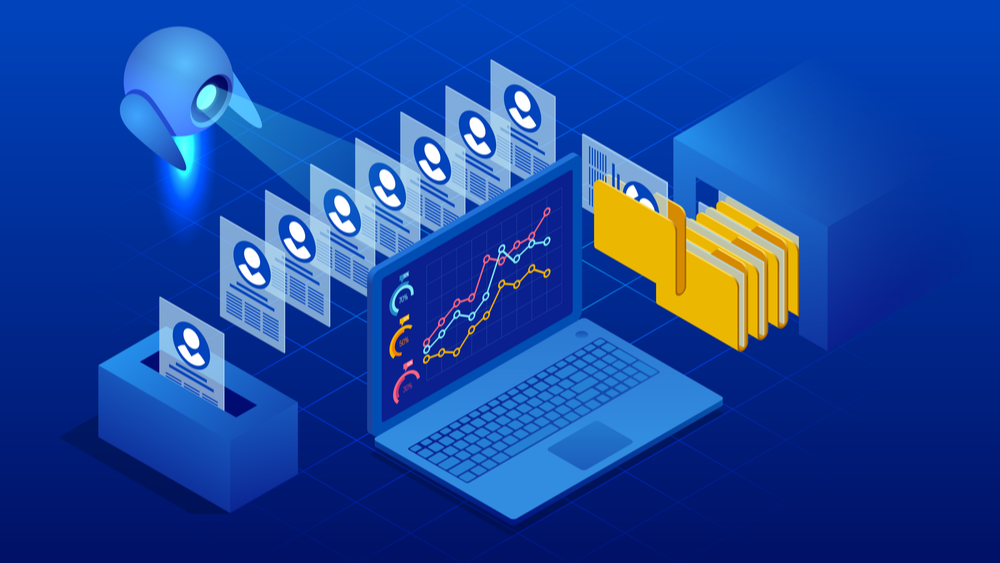
Use AI algorithms to examine potential candidates’ data. AI is fast at sorting through resumes, evaluating candidates’ qualifications, and matching them to open positions. This guarantees consistency in the screening process and lessens the need for manual labor.
AI-powered candidate screening transforms the effectiveness of hiring. This is how it operates:
1. Automated Screening: A tonne of candidate data, such as internet profiles, cover letters, and resumes, are analyzed by AI algorithms. They are able to determine who is best qualified for a certain function by doing this.
2. Efficiency Boost: Automation eliminates monotonous work, freeing up recruiters to concentrate on more important responsibilities like candidate evaluation and interviews.
3. Reduced prejudice: AI reduces prejudice and subjective judgments by objectively evaluating applicants based on preset criteria.
4. Holistic Evaluation: AI takes into account talents, competencies, and cultural fit in addition to credentials and experience, which improves recruiting judgments.
5. Scalability: Artificial intelligence routinely processes massive amounts of applications, guaranteeing that no qualified applicant is missed.
Don’t forget to think about the difficulties and ethical ramifications of AI-based candidate screening while leveraging its potential benefits[9].
3. Reduced Time-to-Hire
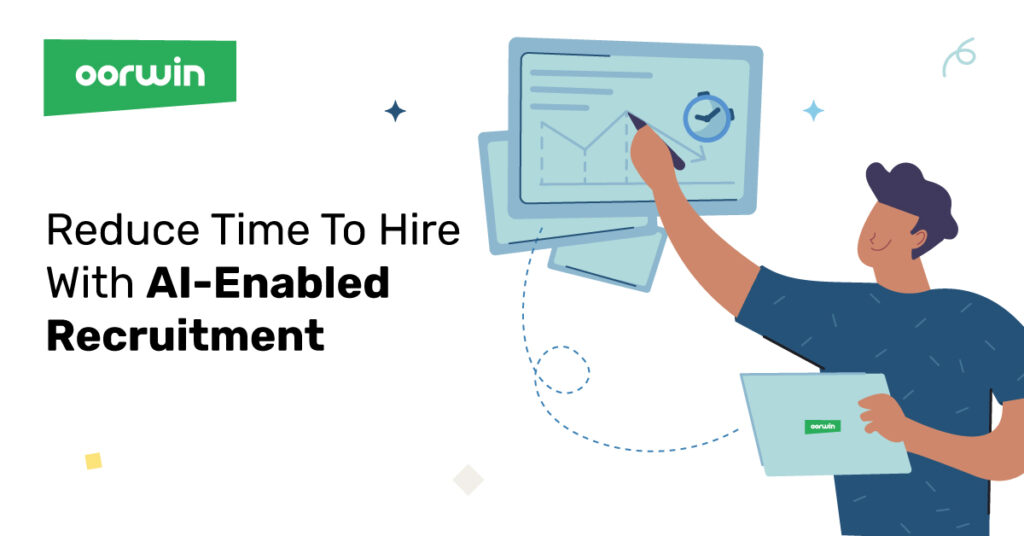
AI hiring solutions reduce expenses and interruptions by speeding up the hiring process. Both candidates and employers gain from quicker hiring.
AI tools are essential for hiring process optimization, which boosts productivity and lowers expenses. The following is how they help:
1. Automated Screening: Online profiles, cover letters, and resumes are quickly analyzed by AI algorithms. They find the best applicants in this way, saving recruiters a great deal of time.
2. Predictive Analytics: Using past data, AI can forecast candidate success. This lowers the possibility of choosing people who aren’t a good fit and helps with educated recruiting selections.
3. Chatbots and Virtual Assistants: AI-driven chatbots help candidates right away by responding to their inquiries regarding employment opportunities, the application procedure, and corporate culture. This improves interaction and communication.
4. Reduced Bias: AI tools’ data-driven insights assist reduce implicit biases during the employment process, guaranteeing an impartial assessment.
5. Efficient Scheduling: AI-powered scheduling solutions streamline the interview process by cutting down on back-and-forth correspondence and guaranteeing on-time encounters.
6. Talent Pool Management: AI facilitates the upkeep of a consolidated database of possible applicants, which makes it simpler to contact and revisit them when new chances present themselves.
Achieving a balance between AI automation and human judgment is crucial for effective recruitment, so keep that in mind.
AI TOOLS
| AI Tool | Purpose |
|---|---|
| Applicant Tracking Systems (ATS) | Automate candidate sourcing, resume screening, and interview scheduling. Manage large volumes of applications. |
| Predictive Analytics Platforms | Analyze historical data to predict candidate success and assess cultural fit. Make informed hiring decisions. |
| Chatbots and Virtual Assistants | Guide candidates, answer queries, and provide information during the onboarding process. Save HR professionals’ time. |
| Candidate Relationship Management (CRM) Tools | Maintain relationships with potential candidates. Track interactions and nurture talent pipelines. |
| Automated Interview Scheduling | Streamline interview coordination by suggesting suitable time slots based on availability. Reduce administrative overhead. |
| Sentiment Analysis | Analyze employee feedback and social media sentiments to gauge engagement and satisfaction. Improve the workplace culture. |
| Performance Management Systems | Provide real-time feedback, identify skill gaps, and recommend personalized development plans for employees. |
Remember that while AI tools enhance efficiency, human judgment remains essential in assessing cultural fit, soft skills, and other qualitative aspects of candidates. A balanced approach combining AI and human expertise yields the best results in talent acquisition.
4. Improved Candidate Experience
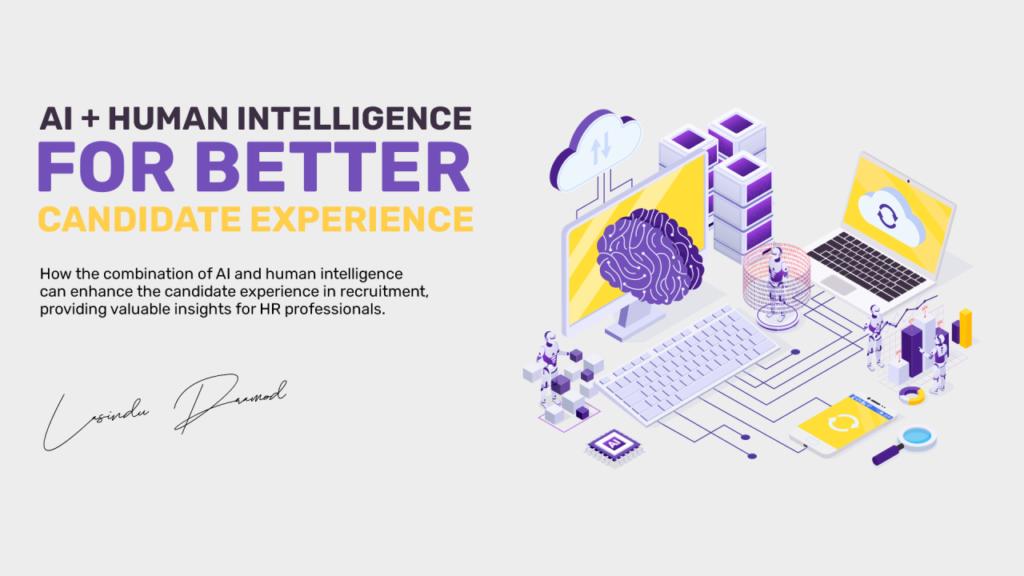
AI-driven chatbots can inform candidates about the application procedure and respond to their basic inquiries. This can enhance the applicant experience and increase your company’s appeal to top talent.
Respect for the time and effort of candidates is shown through a shortened procedure that updates them. AI is able to deliver timely updates and automate communication.
Artificial Intelligence (AI) is essential for automating communication and providing timely updates. This is how it carries out these tasks:
1. Automated Notifications: AI systems are able to notify users in real time when certain triggers are met. They can inform staff members of impending meetings, project deadlines, or significant events, for instance.
2. Chatbots and Virtual Assistants: AI-driven chatbots respond to common questions, offer details, and offer round-the-clock help to users. They are able to program responses for chat, email, and message services.
3. Personalization: AI customizes communication based on user behavior and preferences. Personalized emails, product recommendations, and content suggestions are all made possible by AI, which makes sure the appropriate people receive pertinent updates.
4. Natural Language Processing (NLP): AI systems produce and comprehend language that is similar to that of humans. They are able to decipher user inquiries, retrieve pertinent data, and respond appropriately.
5. Less Bias in Hiring

Data-driven insights help reduce unconscious biases. AI ensures a fair and consistent evaluation of all candidates.
AI can assist in eliminating unconscious bias from the hiring process by assessing applicants according to pre-established standards rather than personal preferences. AI, for example, can exclude identifying information from resumes so that employers can evaluate qualifications unbiased by candidates’ identities or backgrounds.
Artificial Intelligence (AI) is a key component in reducing prejudice in the employment process. Here’s how AI lessens prejudice and guarantees justice:
1. Objective Screening: Using preset criteria, AI systems assess candidate qualifications objectively. By doing this, the influence of potential subjective biases during manual resume evaluations is lessened.
2. Anonymization: Names, gender, and ethnicity are just a few of the identifying details that can be removed from candidate data using AI technologies. This guarantees that preliminary evaluations are grounded exclusively in abilities and expertise.
3. Structured Interviews: Artificial intelligence has the ability to create structured interview questions that are uniform for every candidate. By doing this, bias resulting from ad hoc or unstructured interviews is reduced.
4. Predictive Analytics: AI forecasts candidate success by examining past data. It lessens reliance on subjective biases by emphasizing objective measurements.
5. Diverse Training Data: AI model developers make sure that their models are trained on a variety of datasets that span a range of demographics and backgrounds. By doing this, algorithmic bias is lessened.
6. Auditing and Monitoring: Conducting routine audits of AI systems aids in locating and addressing any inadvertent biases. Ongoing fairness is ensured by monitoring.
Recall that although AI might lessen bias, it’s crucial to continually assess and enhance these systems in order to preserve inclusivity and justice in recruiting procedures.
You may learn more by investigating the best ATS providers that use AI to improve the effectiveness of hiring:
1. BambooHR: Provides performance management and candidate monitoring[10].
2. ClearCompany: Offers job board integrations and chat apply[11].
3. TalentReef: With AI-driven smart matching technology, this platform is trusted by 3.8 million enterprises[12].
4. ZipRecruiter: Reputable for its resume database and round-the-clock customer service[13].
These applicant tracking system vendors use AI to expedite hiring procedures and advance ethical hiring standards.
Related to: AI tools for hiring process optimization
Take your talent acquisition strategy to the next level with SeekOut. Book a demo today! Advance your recruiting efforts with SeekOut’s AI-powered talent search. Learn how today.
6. Cost Savings
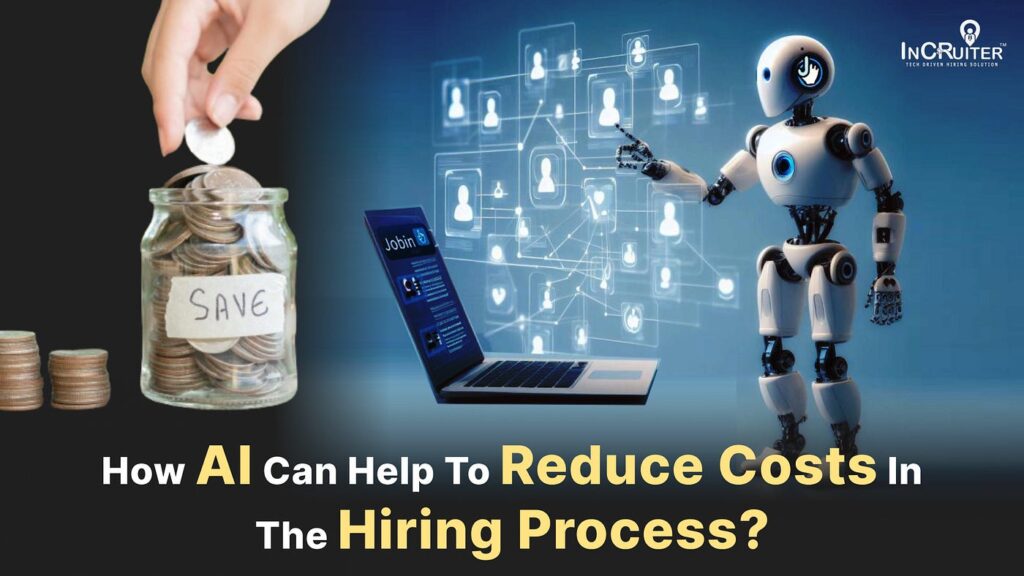
By automating repetitive tasks, AI reduces manual labor and associated costs.
AI dramatically lowers the demand for physical labor by automating repetitive tasks, which results in cost savings. This is how it operates:
1. Effective Resume Screening: AI systems review resumes, pull out pertinent data, and match applicants with open positions. Compared to manual screening, this approach is far faster, which saves recruiters time and effort.
2. Automated Interview Scheduling: Based on participants’ availability, AI algorithms recommend appropriate times for interviews. This removes the need for back-and-forth correspondence and administrative burden.
3. Chatbots for Candidate Interaction: AI-powered chatbots respond promptly to regular questions from candidates. HR specialists can now concentrate on more strategic work because of this.
4. Predictive Analytics: Using past data, AI forecasts candidate success. It lowers the possibility of hiring mismatches and aids in identifying top performers.
5. Scalability: Artificial intelligence systems routinely manage high applicant quantities, guaranteeing that no qualified applicant is missed. This scalability is critical to expanding businesses.
Keep in mind that although AI increases productivity, human judgment is still necessary to evaluate candidates’ soft talents, cultural fit, and other qualitative factors. In talent acquisition, a well-rounded strategy that integrates AI and human judgment produces the greatest outcomes.
7. Scalability
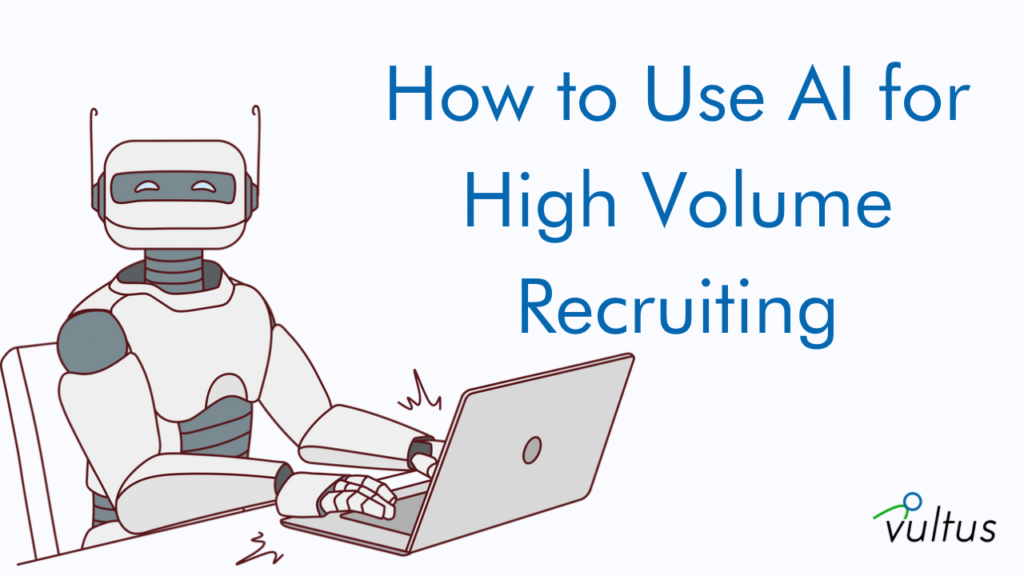
AI-powered tools handle large volumes of applicants efficiently, allowing companies to scale their recruitment efforts.
The fields of recruitment and human resources have been completely transformed by artificial intelligence (AI).
The following are some ways that AI-powered tools are improving the hiring process:
1. Automated Reverse Operations:
o AI helps recruit managers and recruiters by automating laborious backend procedures. For example, it can track candidates, expedite the resume sorting process, and effectively handle candidate data.
o AI frees up significant time for recruiters to concentrate on strategic decision-making by optimizing administrative procedures.
2. Resume screening and matching:
o AI systems examine resumes to match applicants with open positions. This facilitates finding the most qualified candidates quickly.
o It saves recruiters time by ensuring they don’t pass up on potential talent and lessens the manual labor involved in going through several resumes.
3. Chatbots and AI Assistants:
o Businesses are depending more and more on chatbots and AI assistants to manage standard communications with applicants.
o Using natural language processing, these bots direct applicants through the application process, respond to inquiries, and offer tailored support.
o Two businesses that have used chatbots are Nowsta and Paradox:
Nowsta: Provides an HR technology platform with customized scheduling options, accurate staffing predictions, and workforce analytics driven by AI.
Paradox: Offers Olivia, an AI-powered assistant, who interacts with applicants, arranges interviews, and responds to inquiries.
4. Predictive Analytics:
AI examines past data to forecast employee churn, spot trends, and deal with root causes.
o Businesses may implement efficient retention strategies by knowing employee trends and turnover rates.
5. Configurable Interfaces and suggestions:
o AI-driven hiring systems such as JobAdder, Manatal, and BreezyHR provide intelligent suggestions together with configurable interfaces.
o These systems simplify the hiring process overall, improve candidate management, and interface with job boards.
AI helps HR departments make data-driven choices, effectively manage high applicant quantities, and enhance the candidate experience. AI will become much more important in determining the direction of talent acquisition as it develops.
8. Identifying Passive Candidates
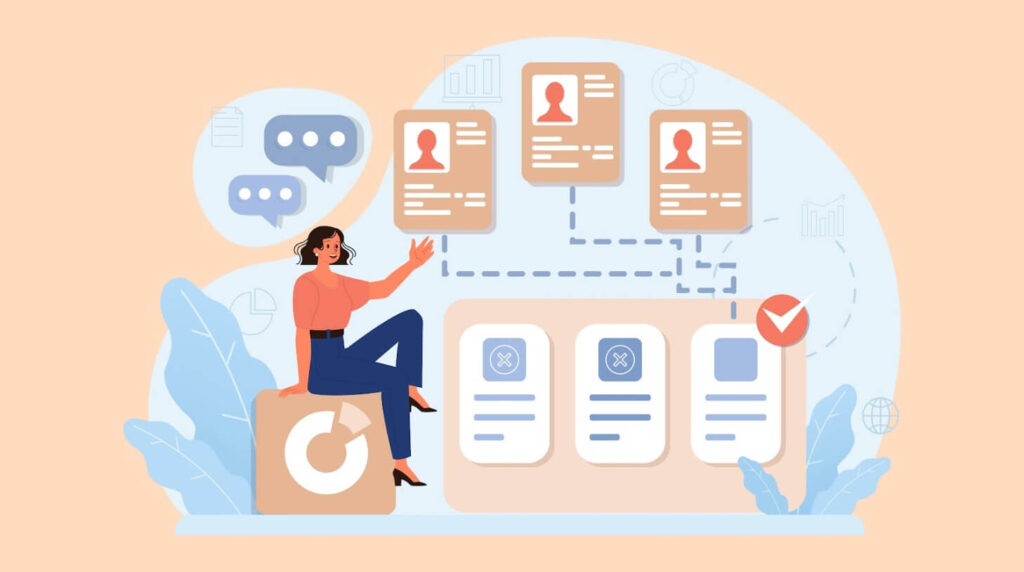
AI can search online platforms to identify passive candidates with relevant skills and experience
AI is an essential component of contemporary HR recruitment procedures. Let’s see how AI can locate passive applicants with the necessary training and work experience:
1. Automated Sourcing:
o AI-powered technologies can comb through several web directories to find passive applicants who meet the requirements but may not have applied directly.
o These tools connect job criteria with profiles, career histories, and skill sets.
2. Applicant Tracking Systems (ATS):
AI-enabled ATS systems are capable of continuously searching across social media, professional platforms, databases, and other sources.
o They use keywords, job titles, and other pertinent criteria to find possible candidates.
3. Natural Language Processing (NLP):
o AI can use NLP methods to handle unstructured material, such cover letters and resumes
.
o It retrieves pertinent data on education, training, and experience.
4. Predictive Analytics:
o AI systems can continually enhance performance by learning from previous encounters and results.
o They forecast which passive candidates are most likely to be a good fit for particular tasks by looking at past data.
5. Tailored Communication:
o Artificial Intelligence-powered chatbots and messaging applications interact with inactive candidates.
o They send customized messages, respond to inquiries, and establish connections.
15 Top AI Tools for HR Recruitment
Certainly! Here’s a tabular format listing 15 top AI recruiting tools, along with their names, web addresses, and one standout feature:
| Tool Name | Web Address | Top Feature |
|---|---|---|
| Manatal | Manatal | AI-powered recommendations, customizable interface, extensive job board integration |
| BreezyHR | BreezyHR | Comprehensive features, visual pipeline, hassle-free candidate management |
| JobAdder | JobAdder | Intelligent skill matching, 200+ job boards, excellent candidate experience |
| Workable | Workable | Streamlined hiring process with AI-powered applicant tracking and management |
| Fetcher | Fetcher | Crafting automated outreach campaigns |
| Entelo | Entelo | AI-driven candidate sourcing and matching |
| Paradox | Paradox | Engaging chatbot for candidate communication |
| myInterview | myInterview | Interviewing and assessing candidates |
| TalentReef | TalentReef | Streamlining hiring process with AI-powered applicant tracking |
| HireVue | HireVue | Video interviewing and assessment |
| Hiretual | Hireez | AI-driven talent sourcing and engagement |
| Ideal | Ideal | Automated candidate screening and matching |
| Textio | Textio | Augmented writing for job descriptions |
| Talview | Talview | AI-powered video interviewing and assessment |
| XOR | XOR | Chatbot-driven candidate engagement |
These tools leverage AI to enhance various aspects of the recruitment process, from sourcing and matching candidates to improving candidate experience.